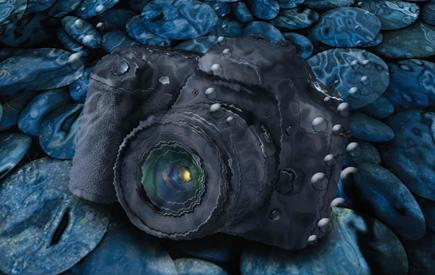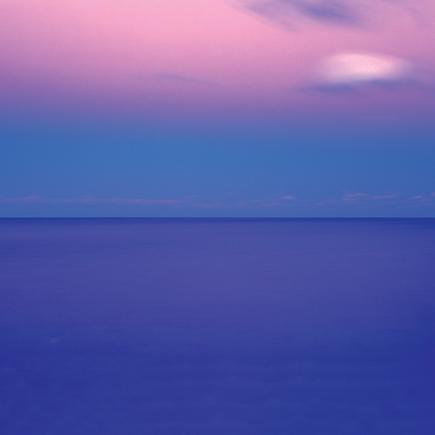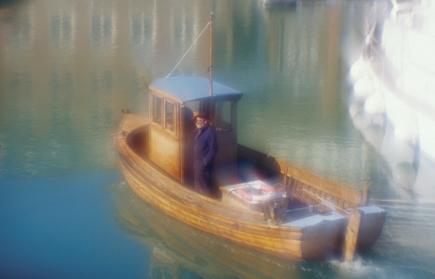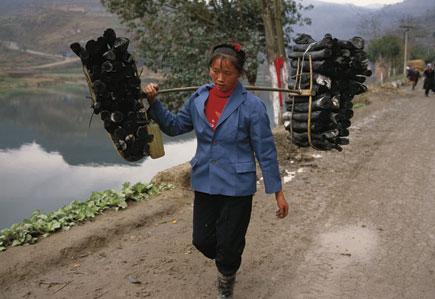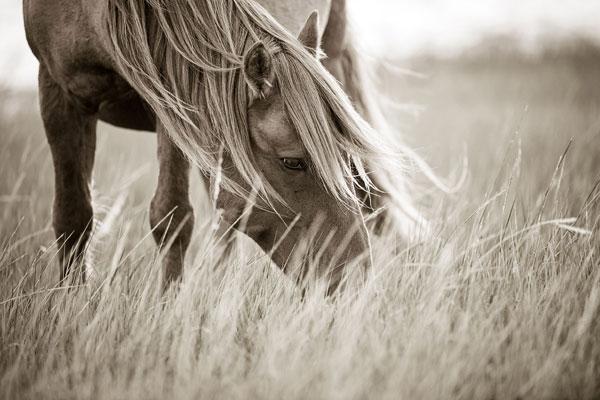Pro Techniques
Sort By: Post DateTitle Publish Date
|
May 01, 2007 |
|
Aug 01, 2006 |
|
Mar 01, 2010 |
|
Aug 14, 2024 |
|
Jan 01, 2011 |
|
Jun 12, 2014 |
First Published: Apr 01, 2014 |
|
May 01, 1999 |
|
Feb 01, 1999 |
|
Jul 01, 1999 |
|
Sep 01, 2005 |
